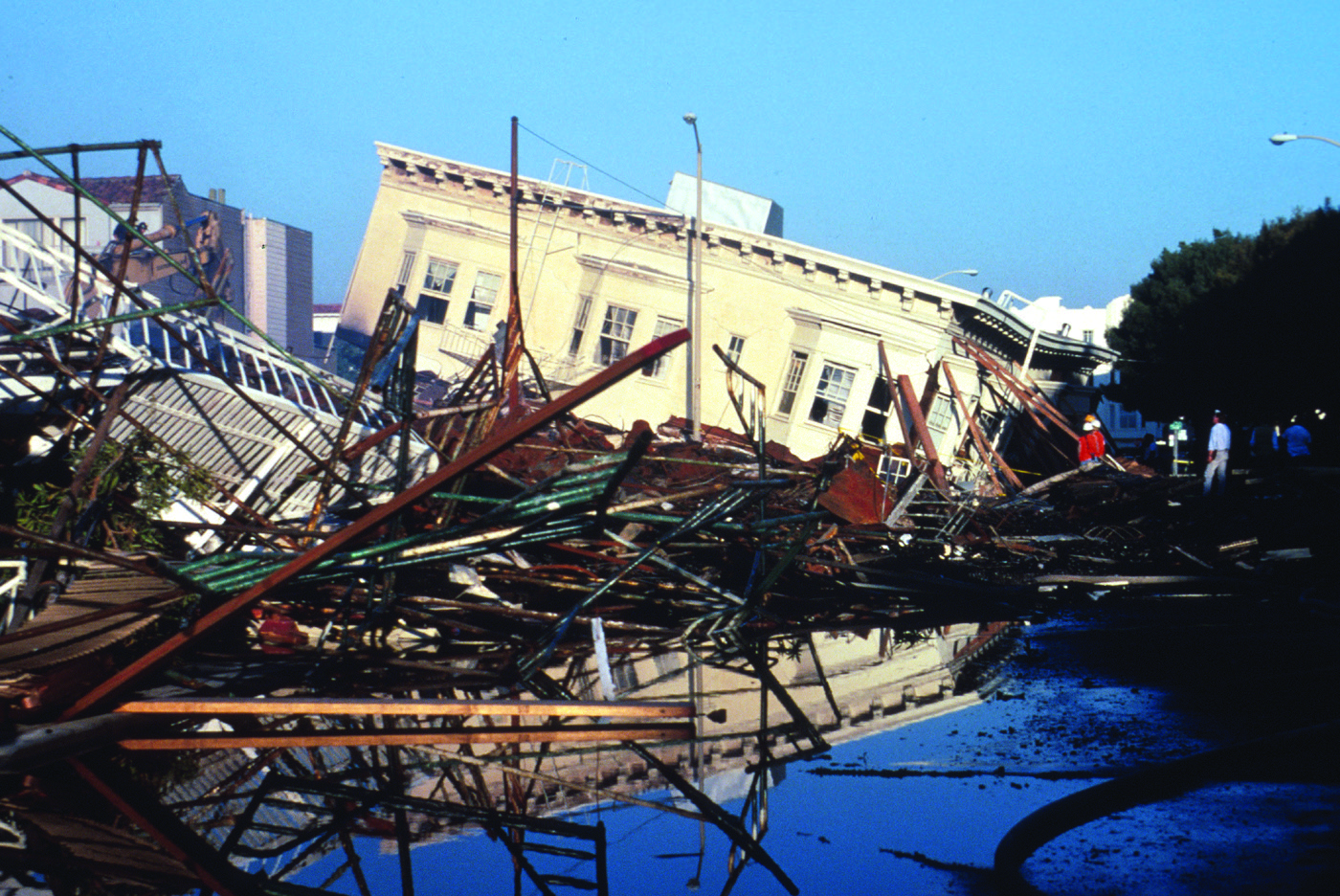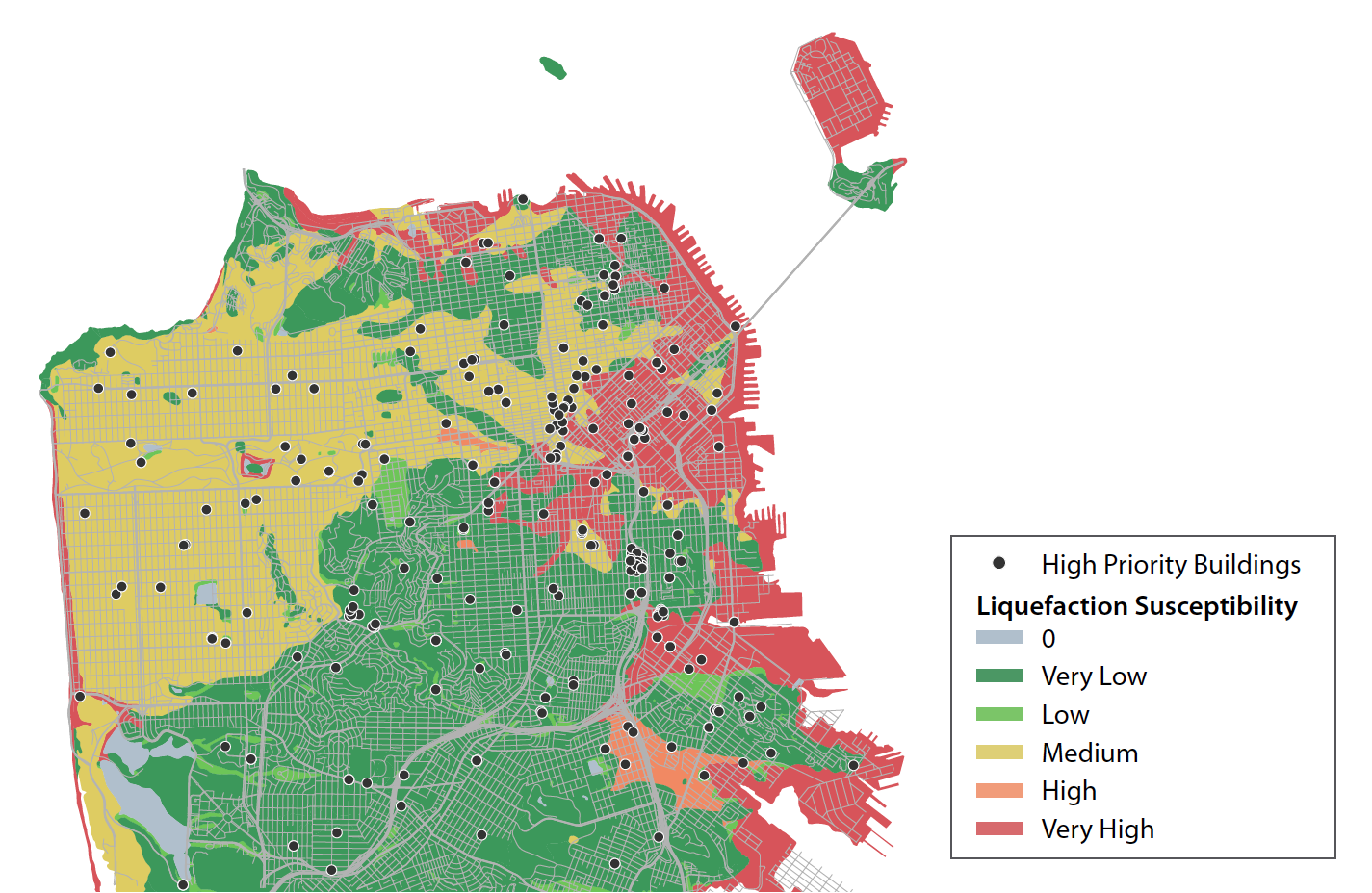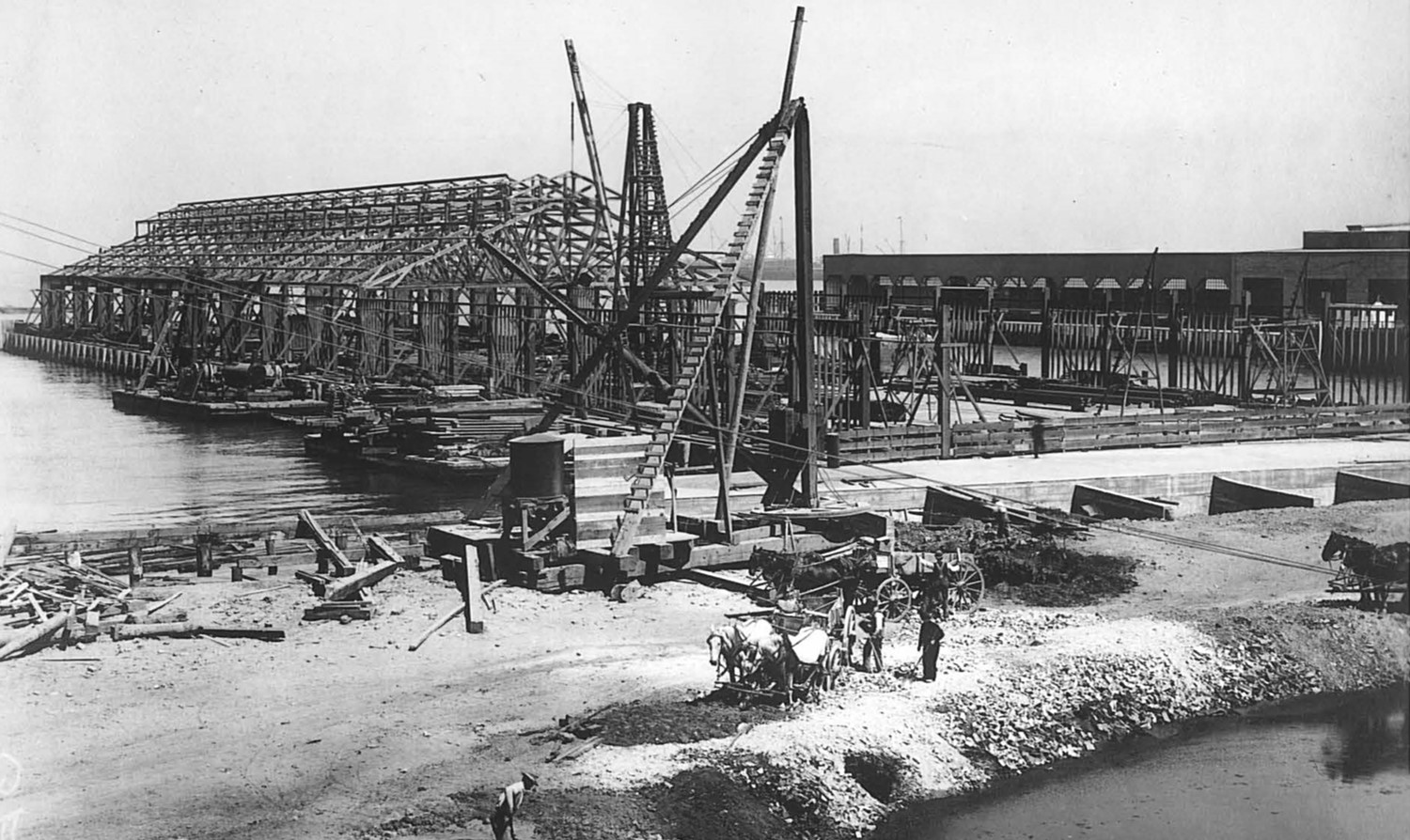
Nearly all of San Francisco’s people, residences, and essential facilities and infrastructure are located within the very violent and violent shaking intensity hazard areas for a large magnitude earthquake on both the San Andreas and Hayward Faults. Because the risk of a major earthquake is imminent and the potential damage significant, San Francisco is constantly seeking new ways to protect our homes, businesses, and people from seismic risks.
A major component of this effort is the Earthquake Safety Implementation Program (ESIP), a comprehensive plan of 50 tasks that grew out of the Community Action Plan for Seismic Safety (CAPSS) to address the City’s most pressing seismic risks in partnership with our communities. Priority ESIP tasks currently underway include the implementation of the Façade Maintenance Ordinance passed in 2016, the Soft Story Retrofit Program, and the Private School Earthquake Safety Program.
The Office of Resilience and Capital Planning aims to understand how our infrastructure is likely to respond to earthquakes and how to shore up vulnerable assets before a major event occurs. The primary tools for such analysis include the HAZUS Earthquake Loss Estimation Study Seismic Hazard Ratings, and the Building Occupancy Resumption Program, as well as the work of the Lifelines Council and the Infrastructure Branch Working Group.
The HAZUS Earthquake Loss Estimation Study is a standardized analysis developed by FEMA that uses geographic information systems data along with local facility and economic impact data to estimate the physical and economic impacts for specific earthquake scenarios. San Francisco is the first known municipality to have applied the HAZUS methodology at the individual building level, run first in 2013 and recently updated for 2017. The results from the most recent HAZUS analysis are shown in Table 4.1 and shown in the accompanying HAZUS map.
Table 4.1
|
HAZUS Results (239 Buildings) (Dollars in Millions) |
Hayward M6.9 |
San Andreas M6.5 |
San Andreas M7.2 |
San Andreas M7.9 |
|---|---|---|---|---|
|
Structural Damage |
107.2 |
133.4 |
212.3 |
353.1 |
|
Non-Structural Damage |
398.3 |
545.4 |
859.7 |
1,489.3 |
|
Subtotal, Building Damage |
505.5 |
678.8 |
1,072.0 |
1,842.4 |
|
Content Damage |
130.1 |
426.7 |
523.6 |
714.3 |
|
Operational Losses (Rent, Relocation, and Lost Income) |
154.8 |
191.9 |
314.7 |
527.2 |
|
Total Economic Impact |
790.4 |
1,297.3 |
1,910.3 |
3,083.8 |

Seismic Hazard Ratings (SHRs) were first developed in San Francisco in 1992 and are used to assess risk and prioritize seismic-strengthening capital improvements for over 200 public buildings. Buildings are rated on a scale from one (best) to four (worst). At present the City has addressed nearly all of the buildings identified as SHR4, with the exceptions of 101 Grove Street and Kezar Pavillion, and many of those rated SHR3. Updating the ratings is important for the future prioritization of seismically vulnerable structures.
Results from the HAZUS analysis and SHRs contain important information about the relative seismic risks and potential impacts to City facilities. Prior to the next Capital Plan update, the Office of Resilience and Capital Planning will work with the Capital Planning Committee to develop policies that incorporate this information into project planning and program development.
The Building Occupancy Resumption Program (BORP) prioritizes critical facilities and reduces inspection times for reoccupation following a major earthquake. Building owners may apply to the BORP through the Department of Building Inspections to expedite the inspection for reoccupation to within eight daylight hours of an event, a process that can otherwise take days or weeks in the wake of a citywide emergency. This program is the first of its kind in California for private and public buildings and will enable San Francisco to restore services with minimal delay.
The Lifelines Council of San Francisco is a post-disaster resilience initiative to improve regional collaboration and understand dependencies to enhance planning, restoration, and reconstruction in relation to a major disaster. In 2014 the Council published an Interdependency Study, which identified a series of actions to improve utility reliability and post-disaster function in San Francisco. Since then the Council has considered and discussed priority topics for City earthquake preparedness and held a table-top exercise for an earthquake scenario where all power and communications are cut.
The Infrastructure Branch Working Group is an interdepartmental group focused on the recovery of the City's publicly owned infrastructure after a major earthquake.
Seismic Priorities
One of the top concerns to emerge from the City’s risk analyses in recent years is the vulnerability of the Seawall, which runs under the Embarcadero along the northern waterfront, roughly from Fisherman’s Wharf to AT&T Park. To promote leading-edge thinking around the financing for this multi-generational project, San Francisco applied to and was selected for participation in the Living Cities City Accelerator, a national technical assistance program that facilitates information-sharing amongst cities with large-scale infrastructure challenges.
Two other essential disaster preparedness projects are San Francisco’s Emergency Firefighting Water System (EFWS), which is vital for protecting against loss of life and property from fire in the event of a major earthquake, and the PUC’s Sewer System Improvement Program (SSIP) to ensure the reliability and performance of our sewers in the face of an earthquake and other system strain.


The San Francisco Public Utilities Commission assumed responsibility of the EFWS in 2011 and is steadily moving forward with plans to improve and expand its reach. Priority projects focus on improving the reliability of the system, making repairs or improvements to vulnerable components, and adding cisterns to increase capacity. It is expected that citywide reliability of the EFWS will reach 85 percent upon completion of projects funded with ESER 2014.
Since 2013, the SSIP has been upgrading the sewer system’s aging infrastructure so that it can withstand acute stresses and continue to provide safe and sound wastewater and storm runoff management. Aging infrastructure like pump stations and treatment facilities will be upgraded. Green infrastructure will also be built to reduce storm water flows into the sewer system while enhancing neighborhoods. The PUC will also ensure that only treated water will be released into the San Francisco Bay and Pacific Ocean, continuing to protect the health of our community and environment. By increasing overall system capacity to handle surging tides in storm conditions, the SSIP addresses threats posed by climate change. Citywide efforts on that front are discussed in more detail in the following section.

